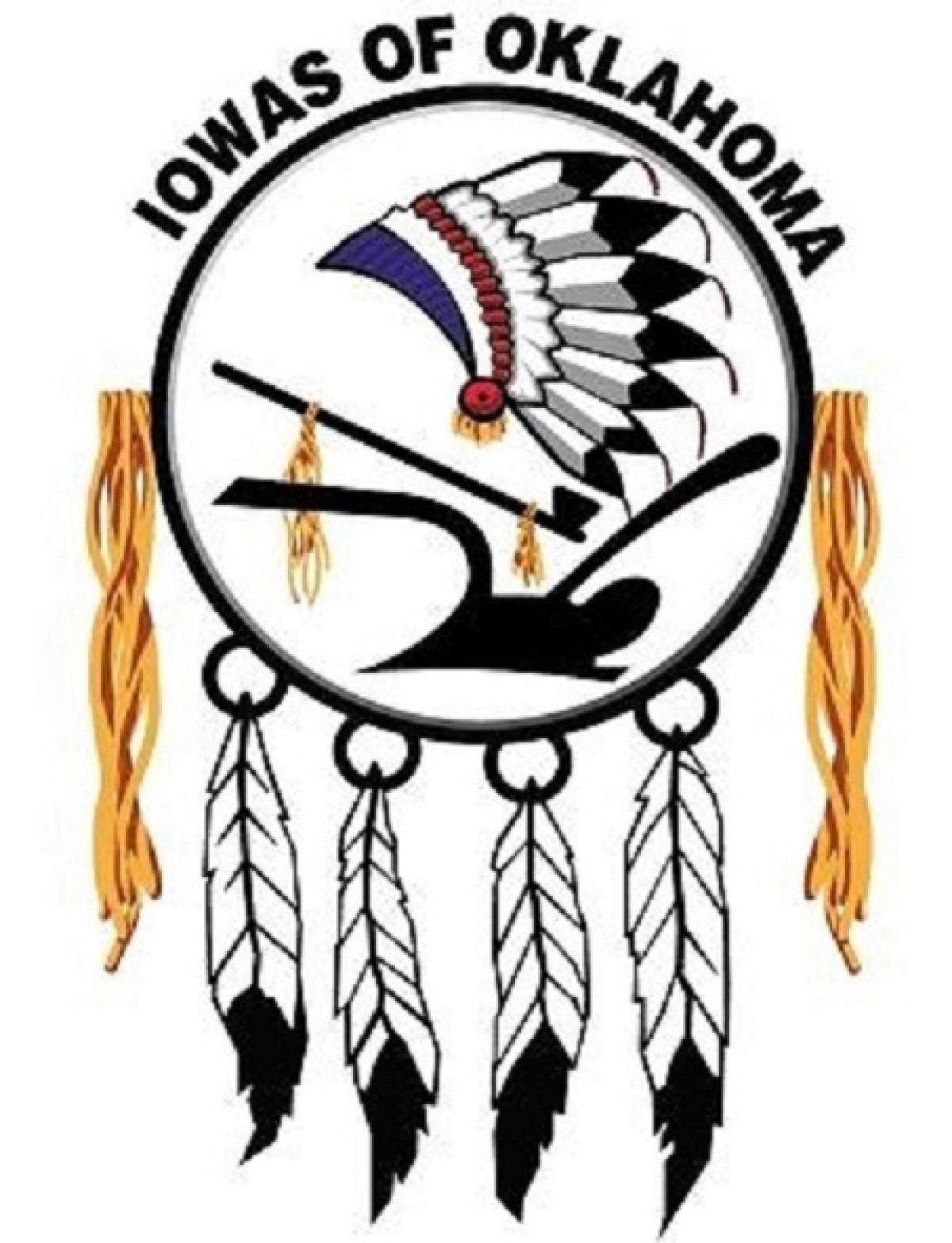- Our Community
- Community Overview City History Community Demographics Chamber of Commerce Events and Activities City Calendar City Parks On-Line Store Cemeteries Local Weather Photo Gallery
- Library School District Public Safety Emergency Management Police Fire ADA Compliance Americans with Disabilities Wall of Honor Wall of Honor
- Grove Regional Airport Grand Lake Association INTEGRIS Grove Hospital Har-Ber Village Lendonwood Garden Playmakers Theatre Cayuga Mission
- Doing Business
- Welcome Visitors
- Grand Lake Association Grove Area Chamber of Commerce Grove Regional Airport Playmakers Theatre
- Cayuga Mission Har-Ber Village Lendonwood Garden Grand River Dam Authority (GRDA)
- On-line Store Photo Gallery Events Where to Eat Where to Stay Where to Park in Downtown Grove Wolf Creek Park & Boating Facility
- Inside City Hall
- Contact City Hall Staff Directory Submit a Complaint or Comment City Code Comprehensive Plan Jobs - Equal Opportunity Employer Non-Discrimination Download Employment Application Submit Employment Application
- Agendas and Minutes City Council Boards and Committees Convention and Tourism Bureau Economic Development Authority Municipal Airport Authority Municipal Service Authority Planning and Zoning Board Zoning Board of Adjustments ADA Compliance Americans with Disabilities
- Departments Administration Airport Buildings and Grounds Community Development Economic Development Finance Fire Emergency Management Municipal Court Police Public Works Utility Services
- Helpful Resources
- Alerts and Notifications Email Subscriptions Events and Meetings Agendas and Minutes City Calendar In the News City News
- Contact the City Staff Directory Submit a Request or Concern Code Red Code Red Login Documents and Forms Documents and Reports Forms, Permits and Applications Maps
- Social Media City of Grove on Facebook Wolf Creek Park on Facebook Grove Animal Control on Facebook Frequently Asked Questions Frequently Used Numbers Helpful Links
Tribal, Iowa of Oklahoma

IOWA OF OKLAHOMA TRIBE - The Iowa Tribe of Oklahoma is one of two Federally recognized tribes for the Iowa people. The other is the Iowa Tribe of Kansas and Nebraska. Traditionally Iowa's spoke the Chiwere language, part of the Souian language family. Their own name for their tribe is Bahkhoje, meaning, "grey snow," a term inspired by the tribe's traditional winter lodges covered with snow, stained grey from hearth fires.
The Iowa Tribe of Oklahoma is headquartered in Perkins, Oklahoma, and their tribal jurisdictional area is in Lincoln, Logan, Oklahoma, and Payne counties, Oklahoma. Of the 800 enrolled tribal members, over 490 live within the state of Oklahoma. An estimated thirty tribal members still speak the Iowa or Chiwere language, a Siouan language. The tribe has offered language classes in the past and is currently providing elders with recording devices to archive language material they feel important to share with the younger generations. Since 1985, the tribe has held an annual powwow. It takes place in mid-June 4 miles (6 km) south of Perkins, Oklahoma, on Highway 177.
The Iowa, or Ioway, originated in the Great Lakes region. They are thought, along with the Ho-Chunk, Otoe, and Missouria tribes, to have once been a single tribe. In the 16th century, the Iowa, Otoe, and Missouria broke away from that tribe and moved to the south and west. The first recorded contact between the Iowa and Europeans was in 1676, in Green Bay, Wisconsin, where they lived among the Ho-Chunk people.
Traditionally, Iowa society was divided into two moieties, the Buffalo and the Bear clans, who would govern the tribe on an alternating, semiannual basis.
In face of European-American encroachment, the Iowa moved east in what is now Iowa and Missouri, but in 1839 the tribe ceded their lands and moved to the Ioway Reservation on the Kansas-Nebraska border. There factionalism broke out between the mixed blood and full blood Iowas. The mixed bloods advocated assimilation, while the full bloods wanted to follow their traditional way of life. In the attempt to preserve their traditions, the full blood faction of the Iowa Tribe began moving into Indian Territory (Oklahoma) in 1878. They were given lands within the Sac and Fox Reservation in 1883. Their collective tribal landholdings were broken up by the Dawes Act and, in 1890, individual land was allotted by the Cherokee Commission to 109 tribal members. The Curtis Act of 1898 dismantled tribal government, but the tribe was able to reorganize under the Oklahoma Indian Welfare Act of 1936, as the Iowa Tribe of Oklahoma. They ratified a constitution and by-laws in 1937.
